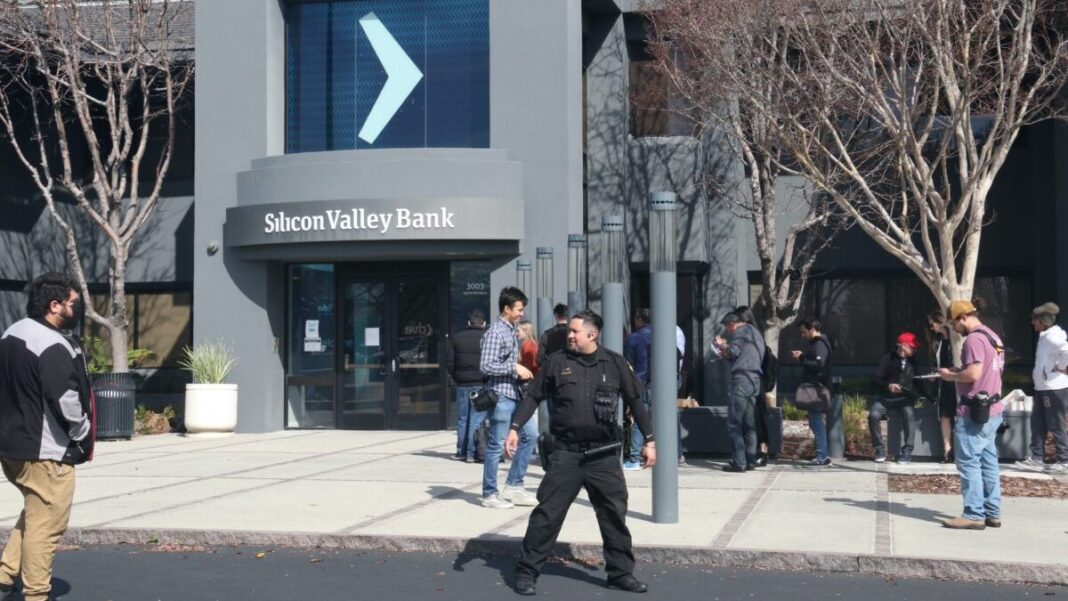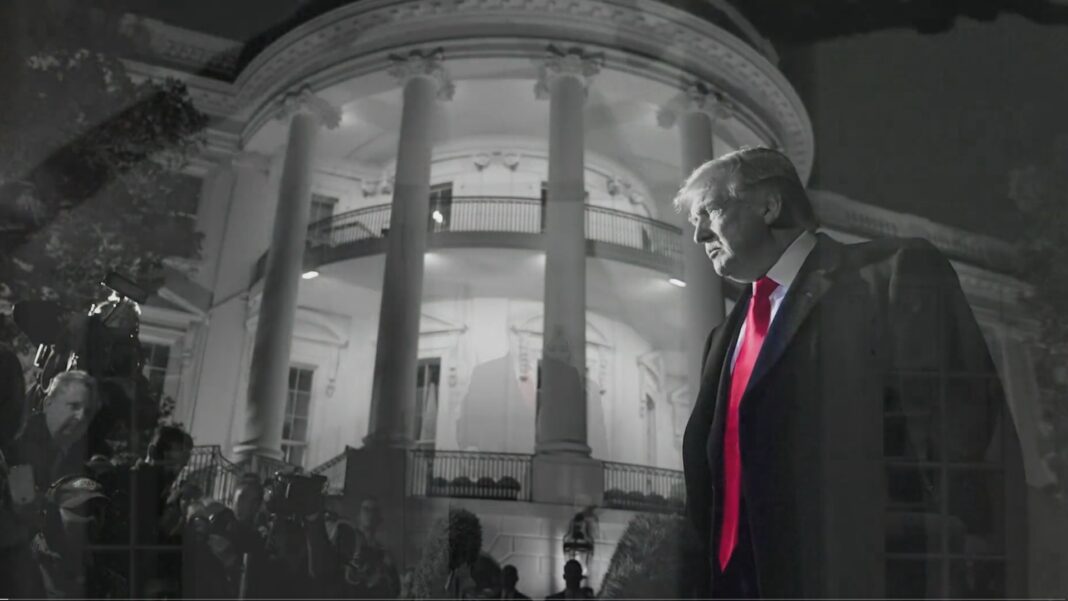Silicon Valley Bank (SVB) failed in spectacular and sudden fashion on March 10, becoming the second largest bank to do so in our nation’s history and triggering panic in our banking system in the process.
Although virtually everyone knows of SVB’s failure, not everyone understands exactly why Silicon Valley Bank failed. Many have blamed SVB’s Environmental, Social, and Governance (ESG) policies or “stakeholder capitalism” for the bank’s sudden collapse, but these are really just symptoms of the bank’s ongoing financial mismanagement in the face of catastrophic rate hikes rather than the underlying cause of SVB’s downfall.
SVB’s failure also highlights the immense risks facing our banking system, and the Biden administration, Congress, and the Federal Reserve share much of the blame.
The bank failed primarily because it mismanaged its interest rate and duration risk by seeking yield through investments in high-duration, long-maturity assets.
These investments were made in a bid to increase the bank’s net interest margin—and thereby jack up its stock price as well as the stock options of its management.
The bank made these investments in the midst of massive depositor and asset growth that was made all the worse by its concentrated depositor base of venture capital firms and tech startups.
The accounts of these customers were far larger in size than the average bank—with most accounts well above FDIC insurance limits. As a result, SVB faced a huge risk of deposit flight from customers whose accounts were primarily overnight demand deposits well in excess of insurance limits.
All of this created the perfect mix for a bank run.
The only thing missing was a sudden and unexpected interest rate move—which is where Biden, Congress, and the Federal Reserve come into the story.
By Jeff Carlson







